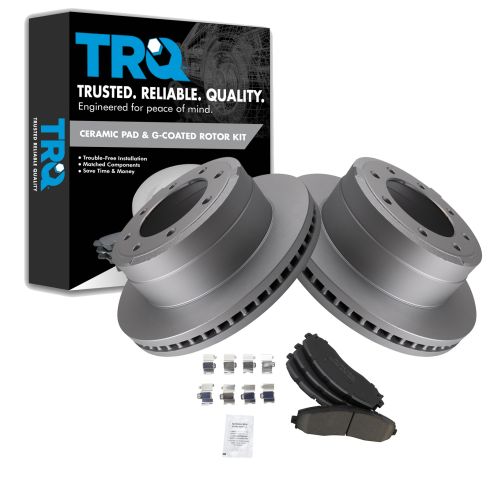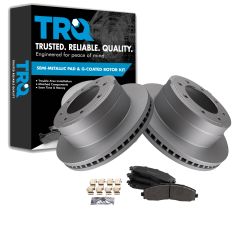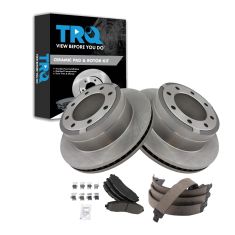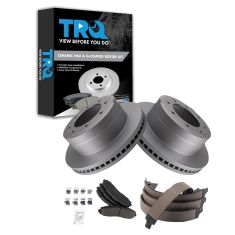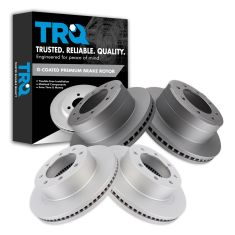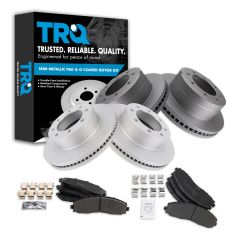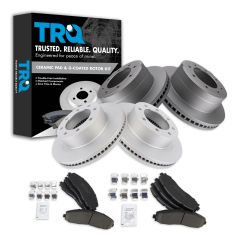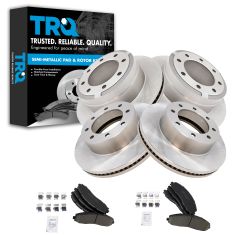1ABFS12627-2013-19 Ford Rear Ceramic Brake Pad & Rotor Kit TRQ BKA24537
Replaces
2019 Ford F250 Super Duty Truck Rear Ceramic Brake Pad & Rotor Kit TRQ BKA24537
You may also like
Product Reviews
Loading reviews
There are no reviews for this item.
Customer Q&A
No questions have been asked about this item.
Ford is a registered trademark of Ford Motor Company. 1A Auto is not affiliated with or sponsored by Ford or Ford Motor Company.
See all trademarks.









